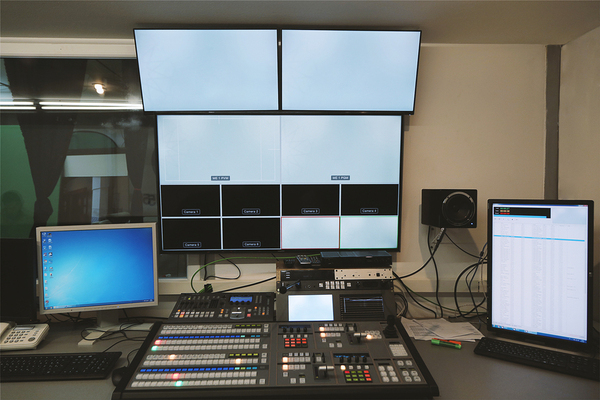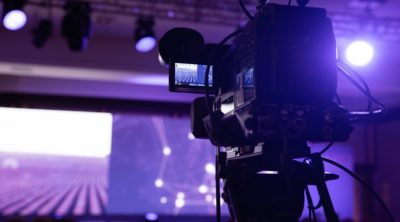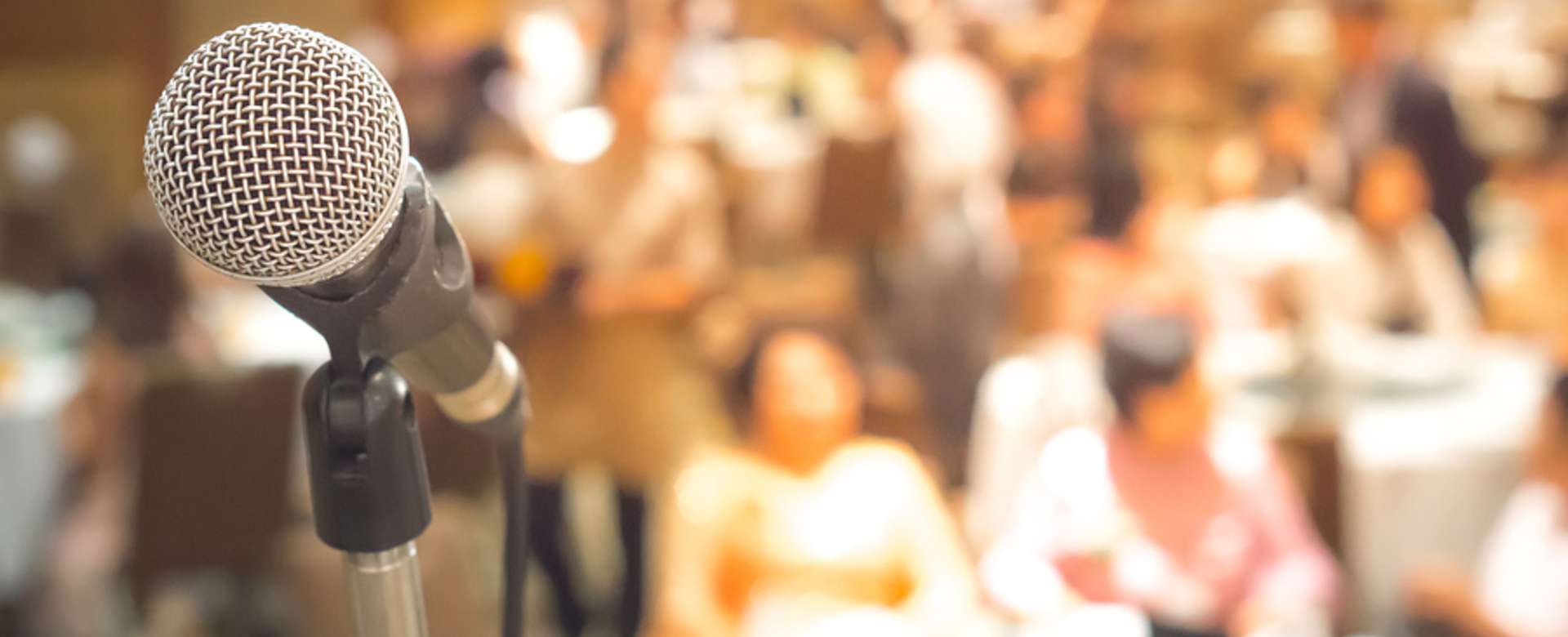< Back to all posts
The 3 Most Common Types of Multiple Camera Shoots
Using more than two cameras for a video shoot is a great idea because it improves the production quality and offers you more variety, opening doors both pre and post-production. With Crews Control, booking a crew for multiple camera shoots couldn’t be easier. With a single contact form, you can book an entire cohesive team.
With so many options, leveraging a multiple camera video shoot does feel overwhelming. We decided to reach out to one of our Production Managers, Valerie Nolan, about the various kinds of multiple camera video shoots, and what the benefits and drawbacks to each are:

Switchers are operated by one person who decides which camera is actively shooting.
The Basic Set-Up
To classify as a multiple camera video shoot, there must be at least three cameras. In a basic type of shoot, all three cameras will have either one focal point with three different angles or three different focal points. This may include close-ups, wide shots, or even moving shots. Each camera captures its own footage during the duration of filming.
- Disadvantages: Per Nolan, “This process takes much more time to edit in post-production.” In order to create a refined finished product, there’s a lot of editing work to cut and paste all the footage together.
- Advantages: There’s more footage to select from because all cameras shoot throughout the duration of filming. You have more variety which in the end can create a more interesting and polished piece of content.
Adding a Switcher
When using multiple cameras, you have the option to switch between them during the shoot. In order to do so, all you need is a switcher. This device connects to all of the cameras and ensures a smooth transition as you switch between them during the shoot. A switcher is also often referred to as a mixer. During the shoot, somebody will operate the switching by clicking a button to alternate between cameras. They will have access to each camera via a monitor.
- Disadvantages: “Choices are made on the fly and you may not have selected the perfect shot at the moment for the final product,” Nolan said. There can also be a lot of scrambling for a good shot or even to avoid a boring shot.
- Advantages: “However, the switcher allows you to edit the multiple angles together during the production,” Nolan said. This will save you time in post-production.

Running a Live Stream
Live streaming has become quite popular among company video shoots for a variety of needs. Whether it’s a quarterly conference call or a new product demonstration, live streams are enhanced by multiple cameras. A switcher is also needed for this production.
- Disadvantages: Nolan warns “Everything is happening in real time, so you are not able to edit out anything that occurs.”
- Advantages: Nolan does enjoy live streams because “Live streams give immediate access to an audience. People can call in and it gives you more conversation with an audience.” It’s also interesting to watch multiple camera angles and shots rather than a stagnant frame, making multiple cameras a huge benefit for live streams.
Think you’re ready for a multiple camera video shoot of your own? Make your next shoot a breeze by reaching out to us here at Crews Control. We’ll find you the perfect crew with everything you need for a successful multiple camera video shoot. Just click here for a free quote.







Leave a Reply